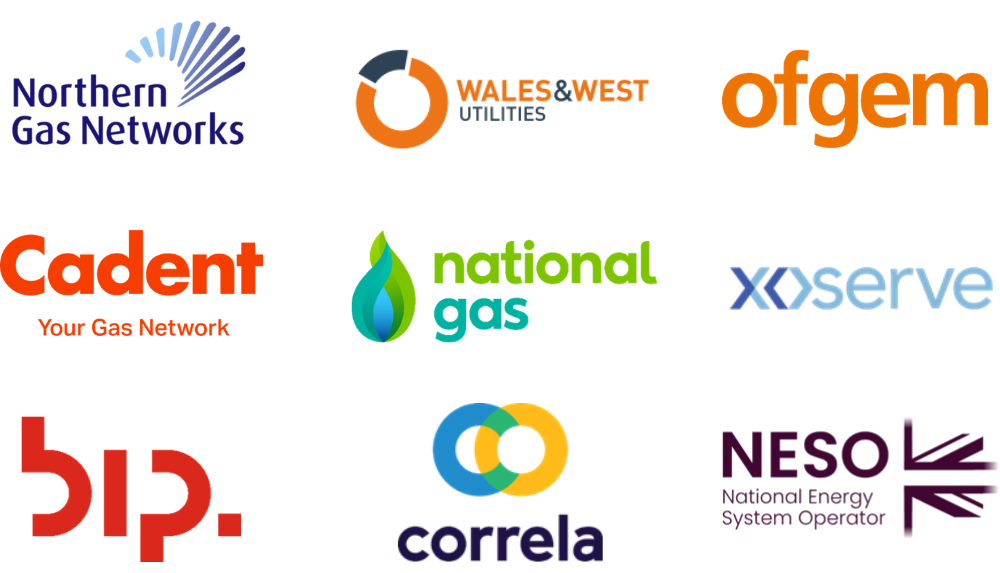
RTSM will create a fair, practical, and flexible billing system of the future, integrating as much low carbon gases into our network as possible.
Transitioning to a low carbon gas network
Natural gas currently powers heating and cooking for approximately 85% of UK homes. To meet the UK’s Net Zero targets by 2050, we need to transition to a low carbon gas network. This transition is already underway, and SGN is taking a leading role.
We are decarbonising gas networks by using biomethane, which now powers the equivalent of 323,000 households in SGN’s networks.
The UK Government also supports hydrogen blending up to 20% hydrogen in the gas network, potentially cutting carbon dioxide emissions by around 6 million tonnes each year.
And, with our H100 Fife and LTS Futures trials launching later this year, we are testing the feasibility of using 100% hydrogen in gas networks, including for heating homes.
Billing in a future gas network
Currently, consumers are billed based on the volume of natural gas they use. However, low-carbon gases like hydrogen and biomethane have a lower calorific value (CV) than natural gas. This means that consumers will need to use more of these gases to achieve the same energy output. To ensure fair and accurate billing in the future, we need a new approach that takes these differences into account.
We also need regulatory changes, as current regulations limit the hydrogen content in the gas mix to just 0.1%. The necessary changes include adjustments to the Wobbe Index, which measures the energy content of different gases, and revisions to the way gas customers are billed. These updates will help create a fairer and more accurate billing system as we transition to a low carbon energy future.
What is the RTSM programme?
The Real-Time Settlement Methodology (RTSM) programme will establish a fair, practical, and flexible billing system of the future. It will support the decarbonisation of the gas network by helping ensure we can get as much low carbon gases into the gas grid as possible.
RTSM will define the calorific values of low carbon gases, sharing these with energy suppliers so they can accurately and fairly bill customers.
The RTSM programme will build on projects like the Future Billing Methodology and HyDeploy, and has four phases.
Phase 0 of the RTSM programme began in February 2024 with six online engagement sessions hosted by SGN and Xoserve. We introduced the programme to key industry stakeholders and gathered valuable insights. These insights highlighted the challenges, constraints, and opportunities related to billing and settlement. All feedback received has been carefully considered to shape the next phases of the project.
In Phase 1, we will find and analyse a practical solution for a fair and efficient settlement and billing system for Great British gas consumers. We will work closely with industry stakeholders and regulators to make sure the needs of the gas sector are considered. We will also create a plan for broader implementation and, based on the results, decide what’s needed for a demonstration.
Phase 2 will focus on the Front-End Engineering Design, setting the foundation to test the methodology from the previous phase. It will include key elements like design specifications, cost estimates, risk assessments, and safety and environmental factors. All of these will be combined to create a detailed plan for execution and implementation.
In Phase 3, we will test the solution through a 12-month demonstration to ensure it works effectively. This phase will help us identify any necessary adjustments before full deployment.
If the RTSM programme is a success, then we’ll implement the methodology in Great Britain’s energy system.
RTSM is supported by partners:


